The focus on medicinal herbs: How sage strengthens and heals your immune system!
Discover the healing properties of sage: from traditional application to modern health advantages. Learn how sage strengthens the immune system, relieves inflammation and improve oral hygiene.
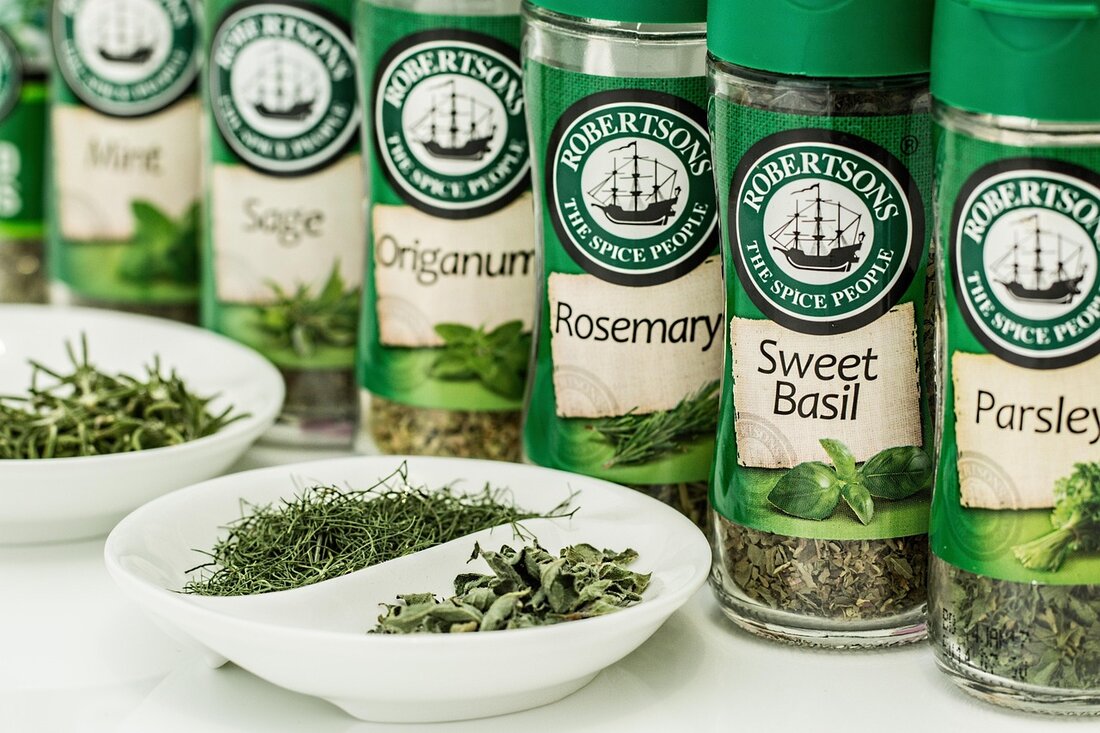
The focus on medicinal herbs: How sage strengthens and heals your immune system!
Sage, scientifically calledSalvia officinalisknown, is much more than just an aromatic kitchen herb. This plant has been valued in naturopathy for centuries and is considered a true multi -talent among the medicinal herbs. Their silvery-green leaves contain a wealth of active ingredients that range from relief everyday complaints to support for more complex health challenges. Already in ancient times, sage was worshiped as a symbol of wisdom and healing - a reputation that still has existed today. Whether as a tea, essential oil or in the form of tinctures, the possible uses are varied and deeply rooted in traditional knowledge. This article immerse yourself in the world of the ointment, illuminates its healing properties and shows how this modest herb can find a place in modern health care.
Introduction to the world of sage
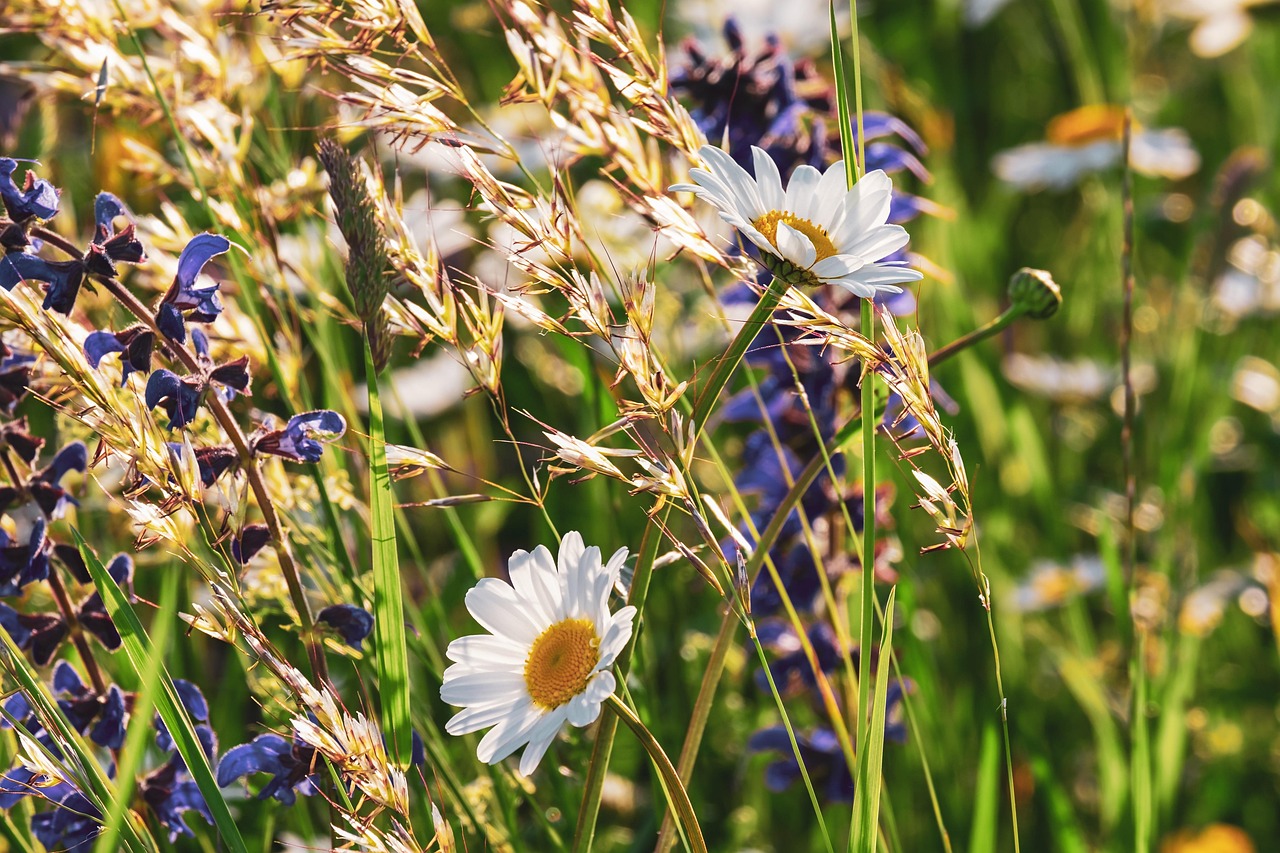
Imagine you hike through a sun -drenched garden in the Mediterranean, where the scent of herbs fulfills the air. Under all the plants, a leaf of leaves and delicate, purple flowers with its silvery styles - the sage. Botanical asSalvia officinalis known, this herb belongs to the Lamiaceae family, the mint family, and has its roots deeply anchored in human history. Originally native to the Mediterranean region, the so-called “Common Sage” has now spread worldwide and is valued in many cultures not only as a spice, but above all as a medicinal plant. Its woody stems, gray leaves and colorful flowers - from lavender to white to purple - also make it a popular guest in gardens, where it can take up up to one square meter of space as an evergreen subshrub.
The variety of sage species is impressive. WhileSalvia officinalisis the best known in naturopathy, there are over 900 species worldwide, distributed from the Canary Islands to Central Asia, from South Africa to Mexico. For example, *Salvia canariensis* grows exclusively in the Canary Islands, while *Salvia hians* thrives in the Himalayas. Each species has its own characteristics, but common sage remains the undisputed star when it comes to medicinal uses. If you would like to find out more about the fascinating distribution and diversity of sage species, you will find comprehensive information on the website Wikipedia that offers a detailed overview.
Sage has been particularly important in naturopathy for thousands of years. The ancient Romans already called him "holy herb" and used it for a variety of purposes, from the treatment of snake bites to the promotion of fertility. In the Middle Ages he was recommended by Charlemagne for monastery gardens, where monks held his knowledge of healing forces in herbal books. This historical appreciation is no coincidence: the leaves contain a wealth of essential oils, including Thujon, which is medically used in moderate doses - a maximum of 6 mg daily - but can have a neurotoxic effect in high quantities. Modern research, like on Wikipedia (English) Documented, also examines possible cognitive advantages that could offer sage.
In addition to its medicinal importance, sage has also left its mark culturally and culinary. It is indispensable in Italian, Balkan and Middle Eastern cuisine, as well as in traditional British and American dishes, such as as an ingredient in stuffing for turkey. In Great Britain it is one of the essential herbs alongside parsley, rosemary and thyme. This versatility is also reflected in the cultivation: varieties such as 'Aurea' with golden leaves or 'Purpurascens' with purple coloring are valued as ornamental plants, while 'Extracta' is used for its high oil concentration in the production of essential oils. However, sage is sensitive to cold, wet winters and prefers sunny, well-drained soils – a legacy of its Mediterranean origins.
The importance of sage in naturopathy goes far beyond historical anecdotes. Its active ingredients, which are concentrated in the gray, hairy leaves, offer a basis for numerous applications that are still used in traditional medicine today. From the distillation essential oils in Europe to simple home remedies - the range is enormous. How these characteristics have a specific effect on health and which applications are particularly effective is shown when one immerse themselves in the specific healing powers of this remarkable plant.
Historical Uses of Sage
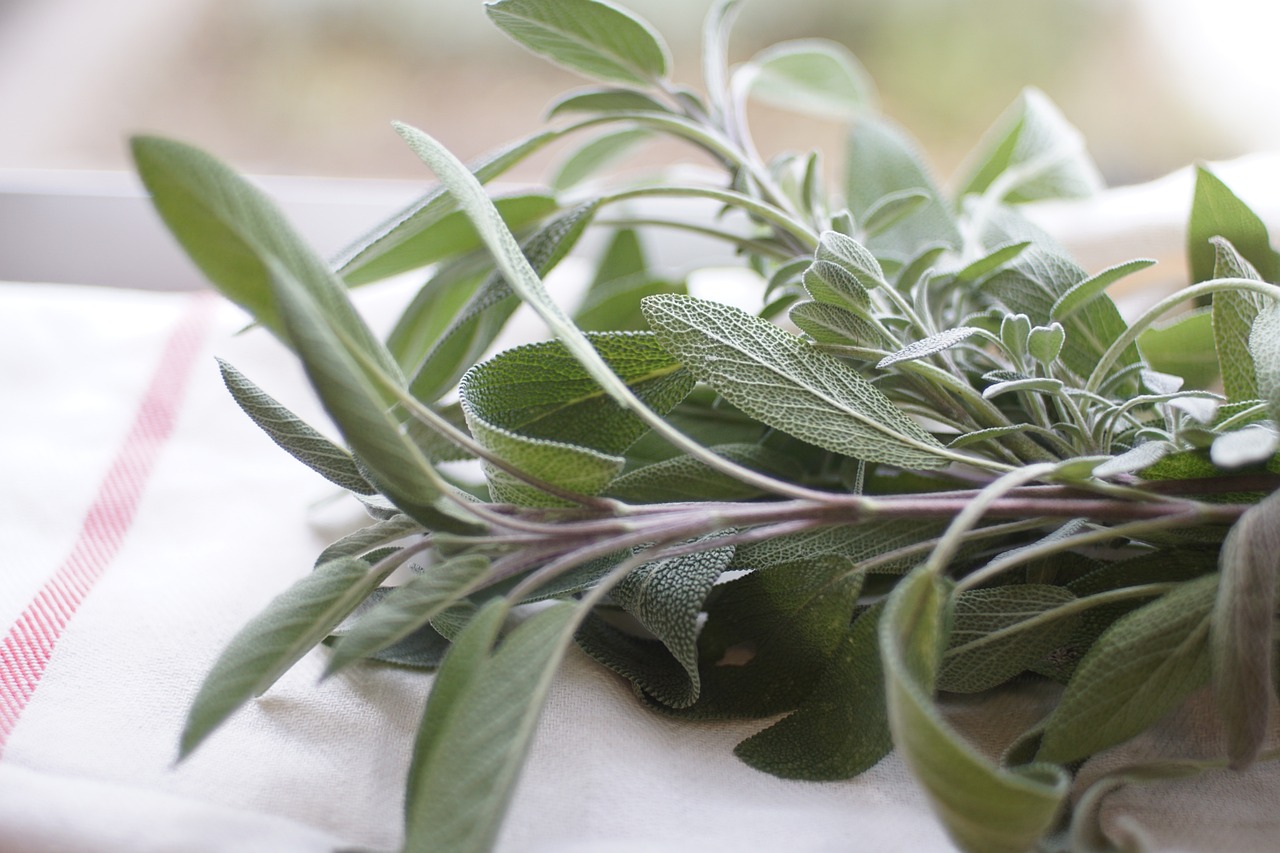
Trip with me back into time when medicinal herbs were not only medicine, but also part of spiritual rituals and cultural customs. In this context, sage takes a special place, because its use extends across continents and epochs, from the ancient civilizations of the Mediterranean to the indigenous communities of North America. Even with the ancient Romans, the herb was considered sacred, and his harvest was a ceremonial act: collectors had to appear in clean robes and with pure feet, a special knife - not made of iron to avoid chemical reactions - and a nutritional victim was shown before the leaves were picked. This deep worship shows how narrow sage was associated with belief in healing and protection.
In the Christian tradition of the Middle Ages, the herb was associated with the Virgin Mary, who, according to legend, is said to have hidden with the little Jesus on the run to Egypt in a sage bush. This story gave the plant an aura of eternal life, and it was consecrated on the day of the Ascension of Mary. Sage shooters believed that they were protected from magic, fire and hail, and he played a role in conception and birth - seeds were even put in coffins to accompany the deceased on their last trip. Such fascinating stories and customs are on Salvia.bio described in detail and offer a deep insight into the spiritual dimension of the herb.
Sage also found its place in traditional healing beyond the borders of Europe. In North America, indigenous peoples such as the Navajo and Cherokee used various types of sage, particularly *Salvia apiana* (white sage), for purification rituals. The leaves were burned as incense to dispel negative energies and create spiritual harmony. This practice, often referred to as “smudging,” is still alive in many communities today and shows how deeply rooted the connection between humans and plants is in different cultures. While in Europe the focus was often on medical use, in North America the focus was on spiritual cleansing.
In the Mediterranean and beyond, sage was also a proven remedy for everyday complaints. In Greek and Roman antiquity, it was used to relieve sore throats and digestive problems, often in the form of infuses or as an additive to connect the healing properties with food intake. The herb was also used in Arabic medicine, which was strongly influenced by antique writings, in particular for the treatment of inflammation and for promoting fertility. These traditions are reflected in the versatility with which sage was used in the kitchen and medicine, as on Spice Lexicon.info You can read where his aromatic grade is also emphasized in dishes.
In Asian cultures, especially in China, where sage species such as *Salvia japonica* are native, the herb has also been integrated into traditional medicine. The focus here was often on the effect on the mind and memory, as it was believed that the scent of the essential oils promoted concentration. This application shows how different the perception of the healing powers can be depending on the cultural background - while in the West the antiseptic properties were emphasized, in other regions the focus was on spiritual strengthening. Which of these traditional uses are confirmed by modern science and how sage works in practice today remains an exciting question that needs to be further explored.
Healing ingredients of sage

A tiny drop of essential oil extracted from the velvety leaves of sage holds a world of biochemical wonders. Behind the characteristic scent and healing power of *Salvia officinalis* is a complex mixture of bioactive compounds that fascinate scientists and healers alike. These ingredients, which are concentrated in the gray, hairy leaves, form the basis for the diverse effects that sage has had in natural medicine for centuries. From anti-inflammatory to antimicrobial properties, this herb's chemical composition is a key to its therapeutic potential.
The most important components include the essential oils that make up about 1.5 to 2.5 percent of the plant. To a large extent, they consist of Thujon - up to 50 percent -, also made of camphor, linalool, terpenes and borneol. Thujon is particularly noteworthy because it has stimulating and antiseptic effects in moderate doses, but can have a neurotoxic effect in high concentrations and could even trigger cramps or epileptic seizures. For this reason, a maximum daily dose of 6 mg is recommended for medical use, and essential sage oil should only be diluted and used externally. This caution underlines the need to use the power of the plant carefully.
In addition to the essential oils, the leaves also contain bitter and tannins that have a slightly adstringing effect. These substances contribute to calming mucous membranes in the mouth and throat, which is why sage tea or gurgle solutions are often used for sore throats and inflammation. Tannins also support wound healing and can have a regulating effect on the intestine in the event of diarrhea. In addition, flavonoids and antioxidants are available that neutralize free radicals in the body and thus contribute to cell health. This antioxidant effect could also explain why sage is associated in some studies with an improvement in cognitive functions.
The herb's anti-inflammatory properties are particularly valuable for complaints such as stomach and intestinal disorders or menopausal symptoms. Sage has an antiperspirant effect, making it a proven remedy for night sweats, and has a regulating effect on menstruation and milk secretion - one reason why it is often recommended when weaning. It can also have a supportive effect on liver and gallbladder problems, as it stimulates digestion and has antispasmodic effects. Detailed information about these active ingredients and applications can be found on the website Herbalist Oldenburg, which offers a comprehensive overview of the therapeutic options.
The effect on the female reproductive organs, which has long been known in traditional medicine, is also interesting. The bioactive compounds in sage can support hormonal processes, making it a natural helper for menstrual problems or during childbirth. At the same time, the high concentration of thujone poses risks, especially when used excessively, as in large quantities it can have a toxic effect on the central nervous system and even cause paralysis. This ambivalence - between healing and potential danger - makes it clear that application should always be carried out with knowledge and moderation.
The antimicrobial properties that are caused by the essential oils explain why sage has always been appreciated as a germicidal means. They make it a valuable component in skin care, for example in impure or greasy skin, and in bathing additives or razor waters to tighten the skin. How these scientifically well -founded effects can be implemented in concrete applications and preparations opens the door for practical use, which combines both traditional knowledge and modern knowledge.
Sage as an antioxidant
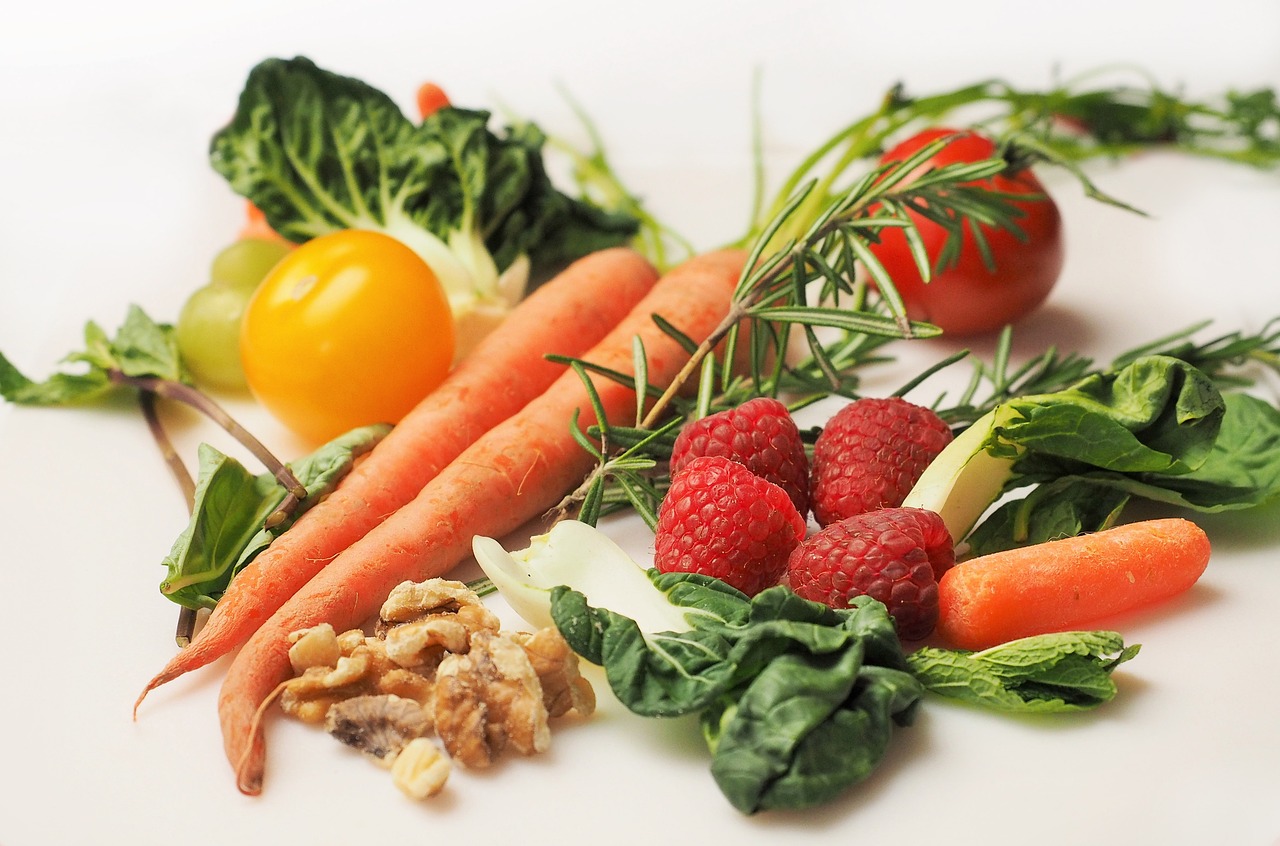
Every day we are exposed to invisible attacks - not from enemies of flesh and blood, but from tiny molecules that threaten our cells as free radicals. These reactive particles, created by pollution, stress or unhealthy lifestyles, can cause oxidative stress, contributing to premature aging and chronic disease. But in this silent battle, a humble herb like sage could become a powerful ally. Thanks to its rich composition of bioactive substances, *Salvia officinalis* offers a natural protective shield against these harmful influences.
Oxidative stress occurs when there is an imbalance between free radicals and antioxidants in the body. Free radicals are unstable molecules that damage cells by “stealing” electrons from other molecules, which can lead to a chain reaction of destruction. Sage contains an abundance of flavonoids and other antioxidant compounds that neutralize these free radicals before they cause damage. These substances act like a kind of biochemical fire extinguisher by stabilizing the harmful molecules and thus supporting cell health.
The herb's antioxidant effects are particularly relevant for the prevention of inflammation, which is often increased by oxidative stress. Chronic inflammation is suspected of playing a role in the development of cardiovascular disease, diabetes and even neurodegenerative diseases such as Alzheimer's. By reducing oxidative stress, sage can help to dampen such inflammatory processes in the body. Studies also suggest that the antioxidant properties may also support cognitive function by protecting the brain from oxidative damage associated with aging.
Another aspect that makes sage valuable in this context is its ability to protect the skin from environmental damage. The essential oils and antioxidants in the leaves can help protect the skin from the effects of UV radiation and air pollution when used externally-for example in the form of bath additives or skin care products. This application is particularly interesting because the skin is exposed to oxidative stress factors every day as our largest organ. A detailed overview of the diverse effects and applications of sage, including its role in skin care, can be found on the side of Herbalist Oldenburg, which offers valuable insights into practical use.
In addition to the flavonoids, the tannins also play a role in the fight against oxidative stress because they have anti -inflammatory properties and support the regeneration of tissue. This makes sage a potential helper in wound healing, where oxidative stress often delays healing processes. In addition, the antioxidant components of the herb could have a supporting effect on the immune system by maintaining the cells from damage and thus strengthening the body's defense. These effects are particularly important in times of increased stress - be it due to environmental factors or lifestyle.
Sage's role in dealing with oxidative stress shows how profound the impact of a seemingly simple herb can be on health. But how can this antioxidant power be integrated into everyday life, and what precautions should be taken when using it to get the most out of its properties? These questions lead us to practical considerations and concrete applications that make the benefits of this natural protection tangible.
Anti -inflammatory properties
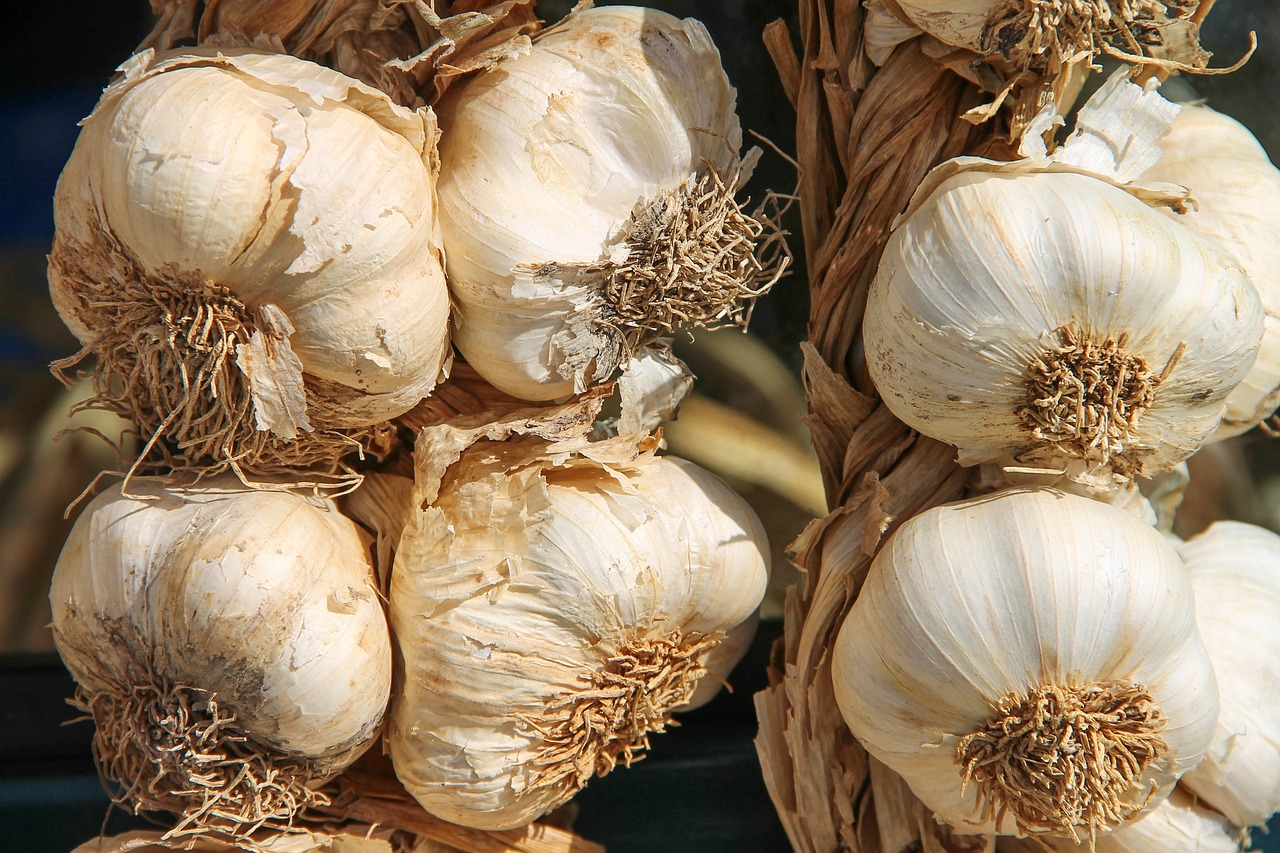
Inflammation are like a still fire in the body - they can blazes unnoticed and trigger both acute symptoms and chronic diseases. From a painful neck to deeper processes that affect joints or organs, they are often the origin of many health challenges. In this regard, sage proves to be a natural helper whose anti -inflammatory properties have been valued for centuries. With its bioactive ingredients, * Salvia Officinalis * offers a gentle but effective support to delete these inner fires.
The anti-inflammatory effects of sage are mainly due to the essential oils and tannins that are concentrated in the leaves. Essential oils such as camphor and linalool have properties that can dampen inflammatory processes in the body by inhibiting the release of certain messenger substances that promote inflammation. Tannins, on the other hand, have a slightly astringent effect, which means that they contract and soothe tissue, which is particularly helpful in cases of inflammation of the mucous membranes. This combination makes the herb a proven remedy for a variety of inflammatory complaints.
One of the best-known applications is in the area of mouth and throat hygiene. Sage tea or a gargle solution is often used for sore throats or inflammations in the mouth, such as gum inflammation. The anti-inflammatory and germicidal properties help soothe irritated mucous membranes while fighting bacteria that could worsen inflammation. This effect is not only limited to traditional medicine, but is also appreciated by modern users who are looking for natural alternatives to chemical preparations.
Sage can also have a supportive effect on internal inflammation, for example in the gastrointestinal tract. The bitter substances and essential oils promote digestion and relieve cramps that are often associated with inflammatory processes. For complaints such as flatulence or diarrhea, which can be triggered by inflammatory reactions in the intestines, an infusion made from the leaves offers gentle relief. In addition, sage is recommended in natural medicine for liver and gallbladder problems, as it can alleviate inflammatory processes in these organs and support function. A comprehensive overview of these applications is available on the website of Herbalist Oldenburg To find that offers detailed information about the healing effects.
Another area in which the anti -inflammatory power of the herb comes into play is skin care. With external use - for example in the form of baths or ointments - the active ingredients can help alleviate skin infections such as eczema or small wounds. The adstring effect of the tannins supports healing by fitting the skin and reducing inflammation, while the antimicrobial properties prevent infections. This makes sage a valuable component in the treatment of impure or irritated skin, especially in people who prefer natural care products.
The ability of sage to combat inflammation even extends to systemic processes that are related to hormonal changes. He is often used for menopause to alleviate inflammatory reactions that can go hand in hand with hot flashes or night sweats. These versatile applications raise the question of how sage can best be integrated into everyday life in order to optimally use its anti -inflammatory advantages, and what caution is required in the dosage to avoid side effects.
Sage to support the immune system
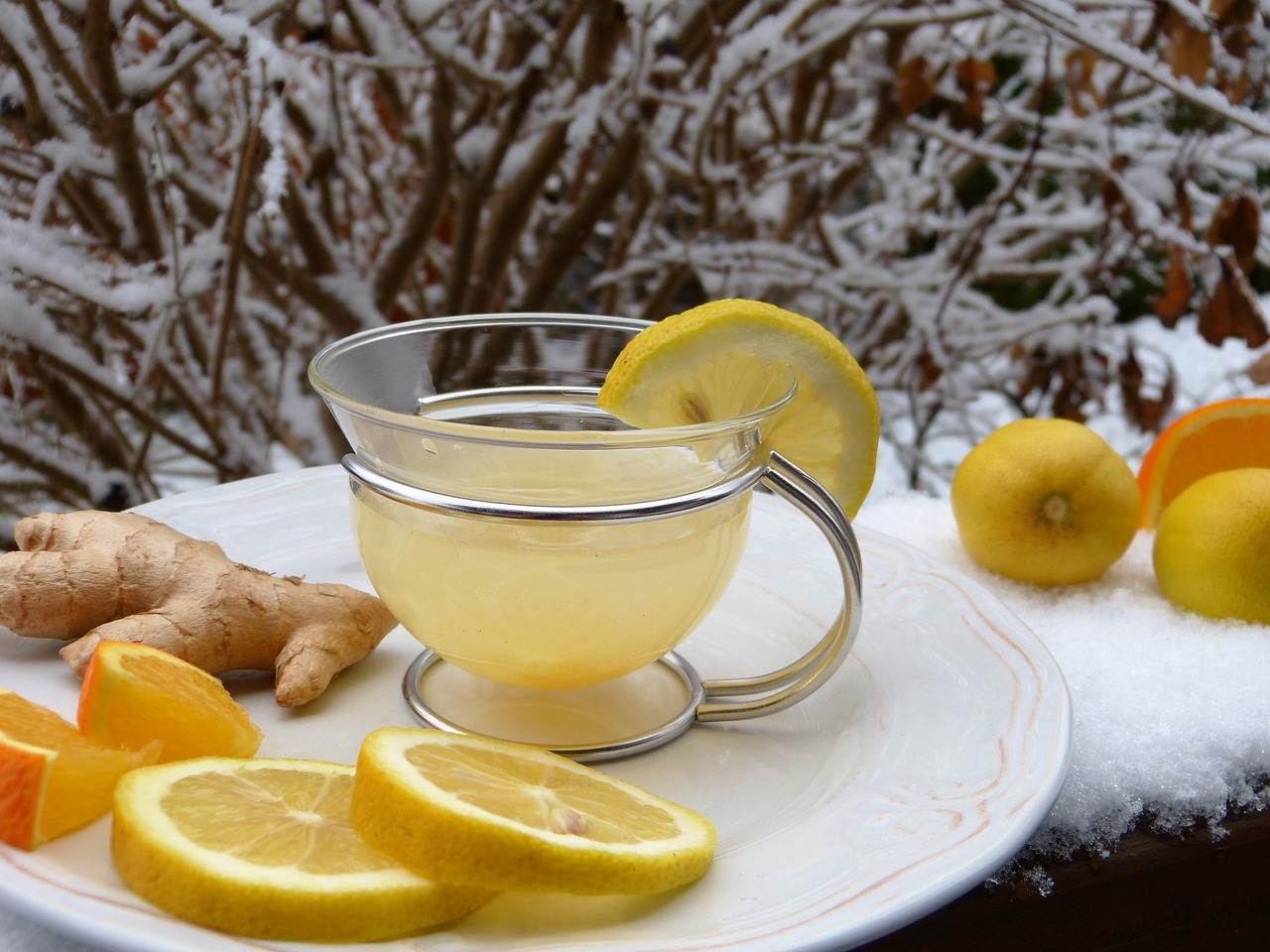
Imagine your immune system as an invisible fortress that tirelessly works to ward off intruders such as viruses and bacteria. Especially in times when colds and infections are lurking, we long for naturally long ways to strengthen this defense. This is where sage comes into play - a herb that not only convinces with its spicy aroma, but is also considered a powerful supporter of the body's own immune system. With its diverse bioactive ingredients, * Salvia Officinalis * offers a gentle way to support the immune system and make the body more resistant.
The strengthening of the immune system by sage is closely associated with its antimicrobial and anti -inflammatory properties. The essential oils, including components such as camphor and linalool, have a germicid and can combat bacteria and viruses that strain the immune system. Especially in the cold season, when colds and flu rampart, sage tea is often drunk as a preventive agent or used as a gurgle solution to free the mouth and throat space of pathogens. This direct effect on potential herd of infection helps to relieve the immune system before an illness breaks out.
Another mechanism through which sage supports immunity is its ability to reduce inflammation in the body. Chronic or acute inflammation can weaken the immune system as it ties up resources and puts the body in a state of constant alert. The tannins and flavonoids in the leaves help dampen such inflammatory processes, allowing the immune system to respond more efficiently to actual threats. This supportive effect is particularly valuable when the body is already weakened by stress or environmental factors.
Antioxidants also play a central role in the immunity. Sage is rich in connections that neutralize free radicals and thus reduce oxidative stress. This stress can damage cells and impair immune defense, which is why protection through antioxidants is essential. By keeping the cells from such damage, he helps to create the basis for a strong immune system. If you want to learn more about the diverse effects and applications Oldenburg herbing Detailed information on the health advantages of this herb.
In addition, sage promotes the general vitality of the body, which indirectly strengthens the immune system. The bitter substances in the leaves stimulate digestion and support the function of liver and bile, organs that play a key role in detoxification and thus relieving the immune system. A well -functioning metabolism ensures that nutrients are optimally absorbed, which in turn forms the basis for a robust immune defense. This holistic effect makes sage a valuable companion in daily health care.
The use of sage to strengthen the immune system is versatile and can be easily integrated into everyday life. Whether as a tea, inhalation for cold symptoms or as an additive in the kitchen - the possibilities are numerous. But as with all natural remedies, it is important to pay attention to the correct dosage in order to maximize the positive effects and minimize possible risks. Which practical tips and recipes are particularly suitable for supporting the immune system with sage opens the door to concrete ways to use this herb in a targeted manner.
Application of sage for respiratory diseases
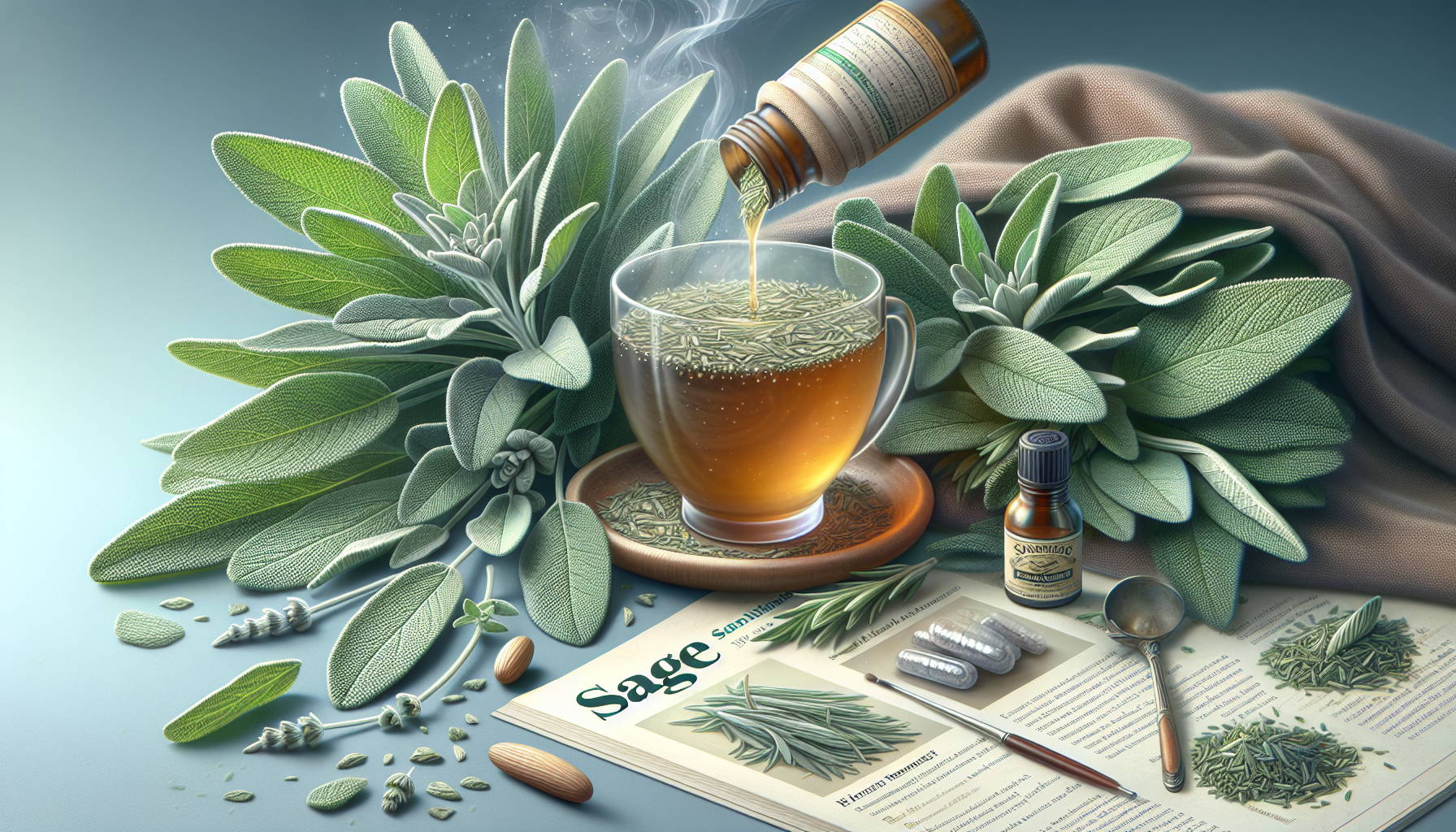
As the cold season arrives, coughs and colds often bring discomfort and fatigue. Your nose is running, your throat is scratchy, and every breath feels like a challenge. In such moments, many people resort to tried and tested home remedies, and sage proves to be a faithful companion. With its healing properties, *Salvia officinalis* offers natural support to relieve the symptoms of colds and pave the way to recovery.
One of the main reasons why sage is so valued for colds is because of its anti-inflammatory and antimicrobial properties. The essential oils in the leaves, including camphor and linalool, have a calming effect on irritated mucous membranes in the mouth and throat. If you have a sore throat or inflamed tonsils, a sage tea gargle can work wonders as it not only reduces inflammation but also fights bacteria that could make the symptoms worse. This dual effect makes the herb an indispensable helper during the cold season.
In addition to relieving sore throats, sage also helps with coughs, especially dry, irritating coughs. The plant's expectorant properties help to loosen stuck mucus in the respiratory tract, making it easier to cough up. A hot sage tea, often sweetened with a little honey, calms the urge to cough and provides a pleasant warmth in the body. This use is particularly effective if the cough is caused by a cold or mild bronchitis, as sage simultaneously cleanses the respiratory tract of pathogens.
Another way to use the healing forces for colds is inhalation. By inhaling steam, enriched with sage - be it through dried leaves or a few drops of essential oil - the active ingredients can get directly into the airways. This helps to free blocked noses, moisturize the mucous membranes and relieve inflammation in the upper airways. For detailed information on such applications and further tips on using sage for colds, the page of Oldenburg herbing valuable insights and practical advice.
The germicidal effect of the herb also helps to contain the spread of cold viruses and bacteria in the body. By fighting pathogens in the throat space, he can prevent a simple cold from developing into a more severe infection. This preventive property is particularly useful if you feel the first signs of a cold - a timely use of sage tea or gurgle solutions can significantly alleviate the duration and severity of the disease.
Using sage for coughs and colds is not only effective but also versatile. Whether as a tea, inhalation or even in the form of homemade lozenges – the possibilities for using this herb are numerous and can be easily adapted to individual needs. Which preparations have proven particularly effective and how to use them safely and effectively opens up practical approaches to getting through the cold season with natural support.
Sage in oral hygiene

A radiant smile begins with healthy teeth and a well -groomed gums, but problems such as inflammation or bad breath can quickly disturb this harmony. Fortunately, nature offers a gentle solution with sage that has been valued in oral care for centuries. The healing properties of * Salvia officinalis * make this herb a valuable ally when it comes to naturally promoting the health of teeth and gums.
The strength of sage in oral hygiene lies primarily in its antimicrobial and anti-inflammatory active ingredients. The essential oils contained in the leaves act against bacteria that can cause plaque and tooth decay. This germicidal effect helps to reduce the bacterial load in the mouth and thus minimize the formation of dental plaque. At the same time, the anti-inflammatory components, such as tannins, soothe irritated gums and relieve symptoms of gum inflammation, also known as gingivitis.
One of the most common uses in this area is gargling with sage tea. This simple method uses the astringent properties of tannins, which can tighten gums and stop minor bleeding. This application offers soothing relief, especially for sensitive or inflamed gums, as it protects the mucous membranes and supports healing. In addition, regular gargling with sage can help combat bad breath, as the essential oils neutralize unpleasant odors and provide fresh breath.
Sage is also used in traditional medicine to treat small wounds or aphten in the mouth. The wound healing properties of the herb promote the regeneration of the mucous membranes, while the antimicrobial ingredients reduce the risk of infections. This effect makes sage a natural alternative to chemical mouthwashes, especially for people who prefer gentle care products. A comprehensive overview of the diverse applications of sage, including its role in oral care, is on the side of Wikipedia (English) To find that offers detailed information on historical and medical use.
In addition to direct use as a gurgl solution or tea, sage can also be processed in homemade toothpastes or mouth waters. By combining other natural ingredients such as soda or coconut oil, individual care products can be produced that are free of synthetic additives. These DIY approaches are not only inexpensive, but also enable tailor-made care that is tailored to the needs of teeth and gums. The antiseptic effect of the herb helps to keep the oral flora in balance and to support dental health in the long term.
The advantages of sage for tooth and gum health show how versatile this herb can be used in daily care. But how is this natural support best integrated into the oral hygiene routine, and what precautionary measures should be observed to ensure safe application? These considerations lead to practical tips and instructions that make the benefits of sage in this area even more tangible.
Sage as a digestive aid

Belly grumble, flatulence or an unpleasant feeling of fullness-gastrointestinal complaints can significantly impair everyday life and get us out of balance. In such moments, nature with sage offers gentle support that has been valued in folk medicine for centuries. With its calming and regulating properties, * Salvia Officinalis * can help relieve the digestive system and naturally relieve symptoms.
The beneficial effect of sage on the gastrointestinal tract is primarily due to the bitter substances and essential oils contained in the leaves. Bitter substances stimulate the production of digestive juices, which supports digestion and improves the absorption of nutrients. This is particularly helpful in the feeling of fullness or digestion, as they stimulate the stomach to process food more efficiently. At the same time, the essential oils, such as the camphor and Linalool, have an antispasmodic effect and can thus alleviate abdominal cramps and bloating, which often arise from a disturbed digestion.
The astringent effect of tannins comes into play in acute complaints such as diarrhea. These substances help to soothe the intestinal mucosa and bind excess fluid, making the stool firmer and reducing fluid loss. In such cases, an infusion of sage leaves can provide gentle relief without burdening the body with chemical agents. This regulating property makes sage a proven home remedy for mild to moderate digestive disorders.
In addition, sage also supports the function of liver and bile, which play a central role in the digestive process. The bitter substances promote bile production, which facilitates fat digestion and can prevent symptoms after severe meals. This effect is particularly valuable in people who suffer from a sluggish bile flow or feel uncomfortable after rich dining. For further information on the diverse applications of sage, including its effect on digestion, the page of Wikipedia (English) a comprehensive overview of historical and modern uses.
The anti-inflammatory properties of the herb are also important, as many gastrointestinal complaints are associated with mild inflammation of the mucous membranes. Sage can soothe these irritations and thus help regenerate the digestive tract. This makes it a suitable remedy for chronic complaints such as irritable bowel syndrome or mild gastric inflammation, where gentle support often has more effect than aggressive treatments. Regular consumption of sage tea – in moderation – can have a preventative effect and increase well-being.
The use of sage for gastrointestinal complaints can easily be integrated into everyday life, be it with a soothing tea after eating or as a spice in the kitchen to support digestion directly at the meal. But which types of preparation are particularly effective, and what should the dosage look like to achieve an optimal effect without overwhelming the body? These questions open the space for practical approaches that make the benefits of this herb for digestive health even more tangible.
Sage in aromatherapy
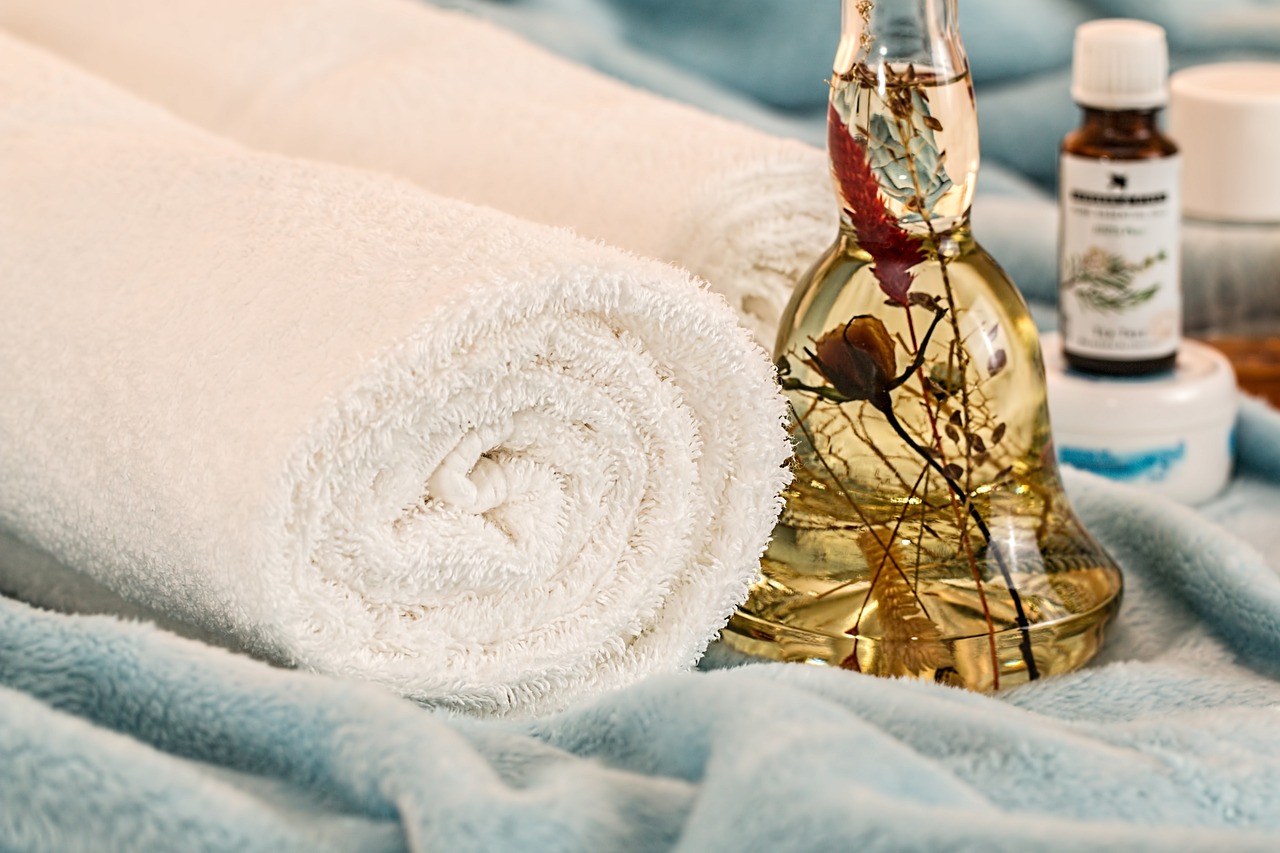
A touch of intense, herbaceous fragrance rises as soon as you open a vial essential sage oil - a concentrated treasure of nature that carries the essence of * Salvia officinalis *. This valuable oil, obtained from the leaves of the ointment by distillation, is a powerful remedy in naturopathy and aromatherapy. It harbors a variety of healing properties that can support body and mind in the correct application, but its strength also requires special care.
Essential sage oil is rich in active ingredients such as thujon, camphor and linalool, which give it its antimicrobial, anti -inflammatory and antispasmodic properties. These components make it an effective helper in relieving muscle tension and joint pain. In the event of external use, for example in a diluted massage oil mixture, it can alleviate pain and stiffness due to its blood circulation-promoting effect, which is particularly advantageous for rheumatic symptoms or after physical exertion.
In aromatherapy, the oil is often used to promote mental clarity and concentration. The tart, earthy scent can help relieve stress and elevate mood by calming the nervous system. A few drops in a diffuser or oil burner can create a relaxing atmosphere that helps with nervous restlessness or sleep problems. It is also said to have a strengthening effect on memory, making it a popular remedy for mental exhaustion.
The antimicrobial properties of sage essential oil also come into play in skin care. Diluted with a carrier oil such as jojoba or almond oil, it can be used on blemished skin or mild skin inflammation as it fights bacteria and soothes the skin. It is also used to treat scalp problems such as dandruff by cleansing the scalp and relieving itching. For detailed information on the active ingredients and precautionary measures when using them, visit the website Herbalist Oldenburg valuable information, especially on the necessary dilution and the potential risks.
An important aspect when using sage essential oil is caution due to its high thujone content. Thujone can be neurotoxic in high doses and cause convulsions or epileptic seizures, which is why the oil should never be used undiluted or internally without professional guidance. It is recommended to be used externally only and always mixed with a carrier oil to avoid skin irritation. Pregnant women, breastfeeding women and people with neurological diseases should avoid use or consult a doctor beforehand.
The versatility of sage essential oil is also evident in its support for respiratory problems. Through inhalation—for example, by adding a few drops to hot water and inhaling the vapor—the essential components can help clear the airways and relieve inflammation. This method is particularly helpful for colds or sinusitis as it moistens the mucous membranes and makes coughing easier. What other creative and safe applications there are to take advantage of the benefits of this powerful oil opens up space for practical tips and individual approaches.
Preparation of sage work
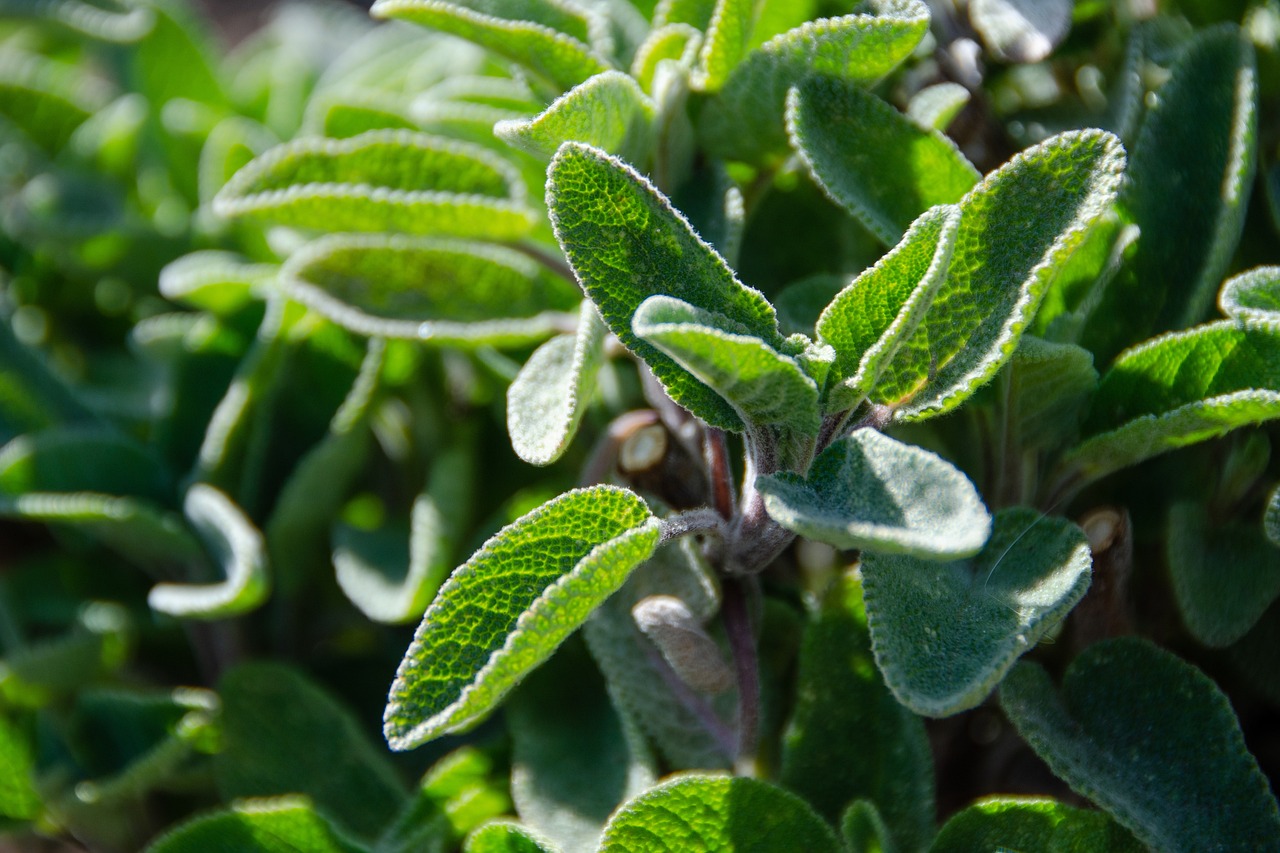
Imagine you hold a steaming cup in your hands from which a spicy, earthy fragrance rises, which immediately spreads a feeling of warmth and well -being. An infusion of sage, often known as sage tea, is not only a pleasure for the senses, but also a proven remedy that has been valued in naturopathy for centuries. This simple tea from the leaves of * Salvia Officinalis * offers a variety of health advantages and can be prepared in just a few simple steps.
Preparing a sage infusion is straightforward and requires minimal ingredients. For one cup you will need about 1-2 teaspoons of dried sage leaves or 2-3 fresh leaves. Pour 250 ml of boiling water over this and let the tea steep for 5 to 10 minutes, depending on the desired intensity. You can then strain the leaves and refine the tea with a touch of honey or a squeeze of lemon as desired, although it should be noted that such additives can slightly influence the healing properties. This simple method allows you to enjoy the full power of the plant in a beneficial form.
The health benefits of a sage infusion are varied and deeply rooted in the active ingredients of the plant. Thanks to the essential oils such as Thujon, Campher and Cineol, the tea has an antibacterial and antiviral, which makes it an ideal companion for colds and sore throat. It relieves coughs due to its expectorant effect and soothes inflamed mucous membranes in the mouth and throat. In addition, he supports digestion by solving cramps and helping with flatulence or diarrhea, which is due to the bitter substances and tannins such as rosemary acid.
Another notable benefit of sage tea is its ability to reduce excessive sweating, which is particularly helpful for night sweats or menopausal symptoms. Studies also suggest that it may support cognitive function by inhibiting an enzyme that breaks down acetylcholine, a substance important for memory and concentration. This effect makes it a potential helper for forgetfulness or mental exhaustion. For detailed information on preparation and health benefits, visit the website Geshachfit.de a comprehensive overview, including important information about side effects.
In addition to these specific advantages, the infusion also strengthens the immune system with its antioxidant properties that combat free radicals and thus protect cells from damage. Flavonoids and other compounds such as Carnosic and Ursolicic acid help reduce inflammation in the body, which can support the prevention of chronic diseases in the long term. Sage tea also provides important vitamins such as A, C and K as well as minerals such as potassium, calcium and magnesium that contribute to general vitality.
However, caution should be exercised when using sage infusion, as overdose or long-term intensive use can cause side effects such as rapid heartbeat, dizziness or cramps. It is recommended to limit consumption to 2-4 weeks and take breaks. Pregnant women, breastfeeding women and small children should avoid drinking it as it could suppress milk flow or trigger contractions. These precautions are important in order to safely benefit from the positive effects. Which variations of the recipe or additional application tips can expand the benefits of sage tea opens up space for creative and individual approaches.
Sage in skin care

Our skin, the largest organ of the body, often tells the history of our health and lifestyle - from bright glow to visible traces of stress or environmental pollution. In the search for natural paths to maintain and protect them, sage proves to be a hidden treasure. With its diverse healing properties, * Salvia Officinalis * offers numerous opportunities to promote skin health and to maintain it from everyday challenges.
The power of sage for the skin lies in its antiseptic and anti -inflammatory ingredients that are concentrated in the leaves. Essential oils, tannins and flavonoids work together to combat bacteria and relieve skin irritation. These properties make it an ideal helper in the treatment of impure skin or acne, since it regulates sebum production and reduces inflammation such as pimples or redness. A gentle infusion made of sage leaves, applied as a facial tone, can clean and disinfect the skin without drying it out.
Sage can also have a supportive effect on skin problems such as eczema, psoriasis or dermatitis. Its anti-inflammatory action soothes irritated areas, while antioxidants such as rosmarinic acid protect the skin from free radicals and promote collagen production, which contributes to regeneration and firming. Using it as a facial steam bath - by adding sage leaves to hot water and allowing the steam to act on the skin - opens the pores, cleanses deeply and at the same time soothes skin irritations.
Another advantage is shown in the care of sun -damaged skin. In combination with aloe vera gel, a sage infusion can help with sunburn by supporting the regeneration and alleviating redness while aloe cools vera and donates moisture. Sage also proves to be useful as a natural peeling: dry, grated leaves that contain salicylic acid can gently remove dead skin cells and clarify clogged pores, which is particularly helpful for rougher or flaky skin.
Sage is also used to combat excessive sweating and body odor. Its astringent properties reduce the size of sweat glands, resulting in less sweat production. In homemade deodorants or foot sprays, it can prevent unpleasant odors by fighting bacteria on the surface of the skin. For detailed insights into these applications and further tips on skin care with sage, visit the website Herbmax magazine Comprehensive information and practical advice.
The possible uses are diverse and can easily be adapted to individual needs. Crushed sage leaves, placed in a carrier oil such as olive oil, can be used as a nourishing mask or massage oil to nourish and calm dry skin. However, caution is advised in the case of sensitive skin-a patch test before the large-scale application helps to rule out possible irritation. A doctor should also be consulted for existing skin diseases or during pregnancy to minimize risks.
These natural approaches to skin care with sage show how versatile and effective herbal remedies can be. Which other recipes or combinations with other natural ingredients could further enhance the benefits for the skin invites you to explore creative ways and personalize your care.
Possible side effects and interactions

When exploring the healing powers of nature, you quickly come across the immense diversity that plants like sage offer - but with great impact comes responsibility. The use of *Salvia officinalis* in naturopathy requires mindfulness in order to safely utilize the health benefits and minimize potential risks. Whether as a tea, essential oil or in other forms, conscious use of this herb is essential to avoid unwanted side effects.
One of the key points when using sage is to be careful about its thujone content, a component of essential oils. In high doses, thujone can be neurotoxic and cause symptoms such as convulsions, dizziness or even epileptic seizures. For this reason, when used internally, for example as a tea, a maximum daily dose of around 6 mg of thujone is recommended, which is usually not exceeded by moderate amounts of 1-2 cups daily. Sage essential oil should only be used topically and always diluted with a carrier oil to prevent skin irritation or systemic toxicity.
Certain groups of people should use sage with particular caution or not at all. Pregnant and breastfeeding women are advised not to consume it, as sage can suppress milk flow and, in rare cases, trigger labor. It is also not suitable for small children because their bodies react more sensitively to the active ingredients. People with neurological diseases, such as epilepsy, or those taking medications that affect the central nervous system should consult a doctor before use to rule out any interactions or risks.
Long -term or excessive use can also be problematic. An intensive use of sage tea or preparations beyond more than 2–4 weeks can lead to side effects such as racing heart, hot flashes or stomach problems. It is recommended to take breaks after such a phase so as not to overwhelm the body. In external use, for example in skin care, people with sensitive skin should carry out a patch test, since the essential oils can cause allergic reactions or irritation in rare cases. For detailed information on these security instructions and further precautions, the page of Onmeda A well -founded overview of the application and risks of sage.
Interactions with other medications or health conditions are another aspect that deserves attention. Sage can affect blood pressure and should only be used after consulting a doctor in people with low blood pressure or taking appropriate medication. Caution is also advised if you have existing skin diseases or are taking blood thinners, as the astringent and anti-inflammatory properties could have unexpected effects. If there are any signs of intolerance, such as skin rash or discomfort, use should be discontinued immediately.
Proper dosage and storage of sage products also play a role in safe use. Dried leaves or finished tea blends should be stored in a cool, dry place to preserve the effectiveness of the ingredients. When preparing infusions or other preparations, it is important not to exceed recommended quantities and to pay attention to the quality of the products used. Which other measures or individual adjustments can be helpful when using sage opens up space for even more conscious use of this versatile herb.
Conclusion
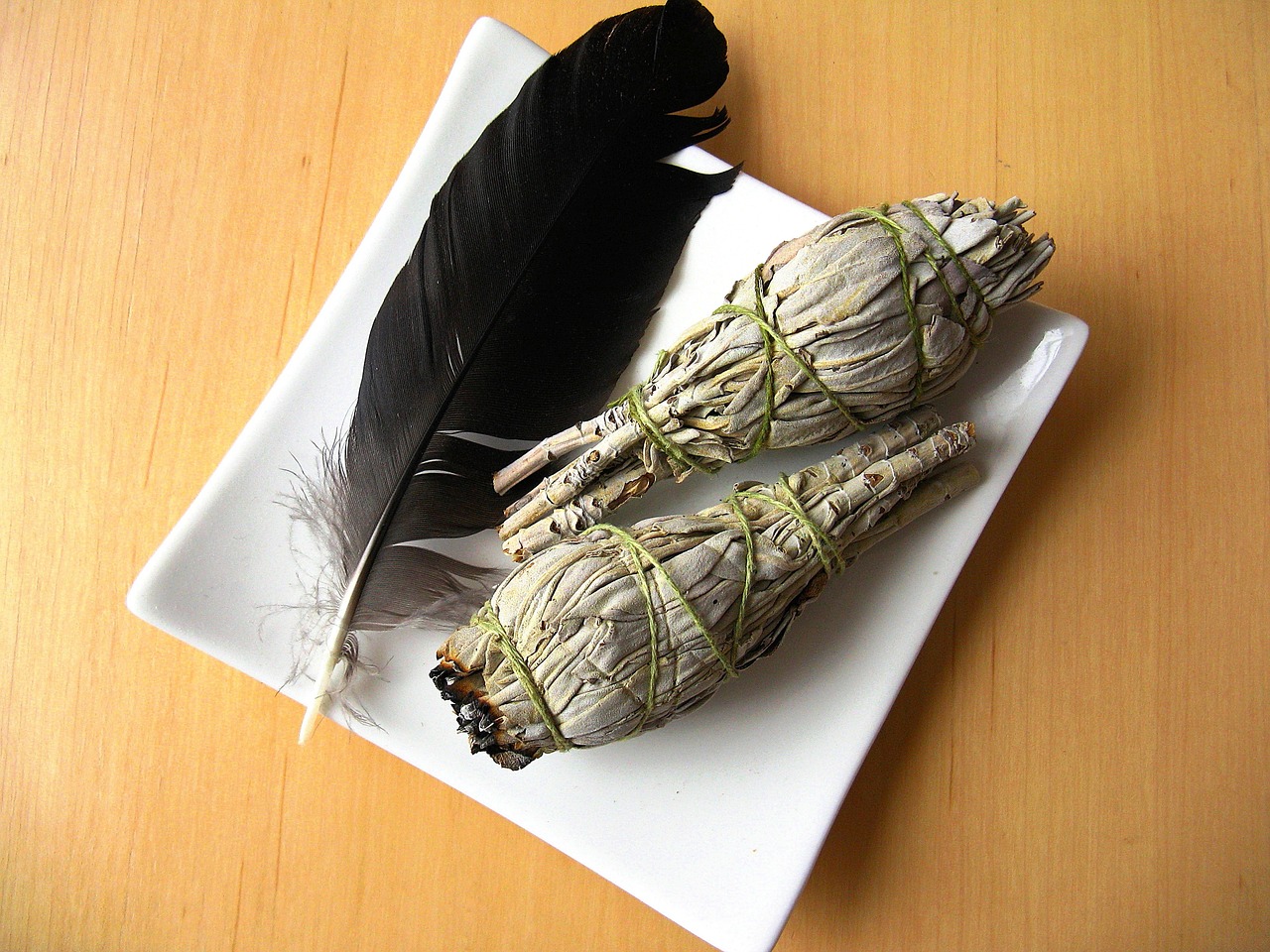
Immerse yourself in the world of a herb that has served as a remedy and companion through everyday life for centuries and discover how * Salvia officinalis * can support body and mind with its impressive versatility. Sage has established itself as a true multi -medicine in naturopathy, with a range of healing properties, ranging from the relief of cold symptoms to the promotion of digestion to the care of the skin. His anti -inflammatory, antimicrobial and antioxidant active ingredients make him a valuable helper in numerous symptoms, while his aromatic fragrance in aromatherapy provides intellectual clarity and relaxation.
The range of applications is broad. In the case of respiratory diseases, an infusion from the leaves has an expectorant and soothing effect, ideal for cough or sore throat. For digestive health, the bitter substances and essential oils support the stomach function, relieve cramps and help with bloating or diarrhea. In skin care, sage combats impurities, reduces inflammation and protects against environmental damage by antioxidants. He also strengthens the immune system by neutralizing free radicals and can even promote cognitive functions by supporting memory performance.
The integration of this powerful herb into everyday life can be done in a variety of ways. A simple starting point is drinking sage tea, which not only helps with colds or digestive problems, but can also serve as a daily ritual to strengthen well-being. With just one or two cups a day - ideally made from fresh or dried leaves - you can reap many of the health benefits. In the kitchen, sage can be used as a spice in soups, stews or meat dishes to not only enrich the taste of dishes, but also directly support digestion.
The production of a homemade skin tone or a rinsing for hair is ideal for external care. A cooled sage infusion, dabbed onto the skin, can reduce impurities and clean the pores, while a hair rinse combats with sage tea dandruff and strengthens the scalp. In aromatherapy, a few drops of essential sage oil, diluted in a diffuser, can create a calming atmosphere that builds up stress - ideal for relaxed evening or concentrated work. For detailed instructions and other application tips, the page of Oldenburg herbing valuable information about the diverse uses of sage.
Adaptation to individual needs opens up even more options. In the event of excessive sweating, for example in menopause, a cool sage infusion can be used as a foot bath or in a spray for skin care to regulate sweat production. For oral hygiene, a homemade mouthwash can be made from sage tea, which relieves gingivitis and combats bad breath. These small, but effective approaches show how easy to insert sage into existing routines, without a lot of effort.
Deciding how and when to incorporate sage into your daily routine depends on personal preferences and health goals. Whether used as a daily drink, occasional skin care product, or aromatic companion, this herb's flexibility invites you to experiment with different forms and uses. Which other creative ideas or individual recipes could expand the benefits of sage opens up space for a personal journey of discovery with this traditional remedy.
Sources
- https://de.m.wikipedia.org/wiki/Salbei
- https://en.m.wikipedia.org/wiki/Salvia_officinalis
- https://www.gewuerzlexikon.info/salbei
- https://salvia.bio/de/geschichte-des-salbeis/
- https://de.wikipedia.org/wiki/Salbei
- https://kraeuterei-oldenburg.de/produkt/salbei-salvia-officinalis/
- https://www.gesundfit.de/artikel/salbeitee-9906/
- https://piarosescattergood.com/salbei-tea-benefits/
- https://www.kraeutermax-magazin.com/salbei-fur-haut-und-haare/
- https://praxistipps.focus.de/salbei-wirkung-auf-die-haut_120371
- https://www.onmeda.de/therapie/wirkstoffe/salbei-id203978/
- https://garteln.info/massnahmen.php?pflanze=Salbei

 Suche
Suche
 Mein Konto
Mein Konto
